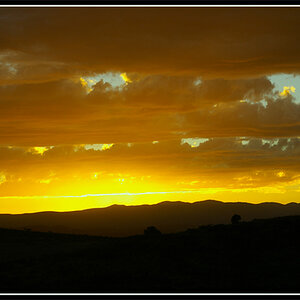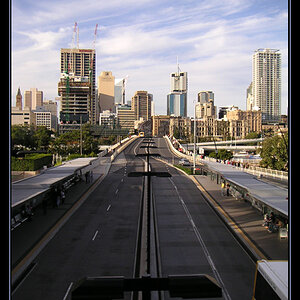Tim Tucker 2
No longer a newbie, moving up!
- Joined
- Jun 8, 2017
- Messages
- 333
- Reaction score
- 241
- Can others edit my Photos
- Photos OK to edit
Of course I took the large camera with me. It was as windy as you would expect the Hebrides to be in September, so not really practical except indoors and in sheltered spots. I took four shots, three variations of one subject and a single shot of another, so really I was looking at two finished images. Both are shown here.
Sea Stacks near the Bridge to Nowhere

There is no more passive an observer that a photographer really. We press a shutter and capture that moment fully formed rather than form them from observation and the movement of hand. There are so many things out of our control that it’s almost a restriction, and consequently I fail most of the time. Not in pointing the camera and pressing the shutter, I’m quite good at that, I even manage to expose quite well. It’s the other part that I find a little more difficult, making a complete and cohesive image that, for want of a better word, works.
It’s an odd relationship. Most of the time the images I invest the most in fail. The ones I grab on a whim because I was near the right place at the right time end up being the one that stand out to me. It’s a weird dynamic and one I don’t really understand, how the strongest scenes and ideas fail to translate into images where something spontaneous can often succeed.
I was quite focussed on what I wanted with the Sea Stack image and was looking for locations and light to fulfil a need. I really wanted the rocks to stand as black masses against the sky, (as they do indeed appear on an overcast and slightly stormy day), so needed a separation in luminosity but well within the range of the film so I could push the development.
I wasn’t really that enthusiastic about how the negatives would turn out, and indeed they didn’t really work. But I previewed all three views and scanned the one above, “just to see.” Anyway I started working on it with a far more digital approach than I normally do with film and playing with a few ideas, really just making it up as I went along, when the image you see started forming. It was what I was after, but I’m still not sure how I got there from where I started or even where I should start if I want to return.
Abandoned Meeting House near Mangersta

It was a morning of heavy showers on a stiff Atlantic breeze. I’d just so nearly escaped Mangertsa Beach when a shower swept through and was now back in the campervan slightly damp and cold. I was just looking for a suitable spot to pull over on the single track road for some hot soup and a cup of tea. I pulled in on some hard standing that was in front of a disused building. I couldn’t resist and had a look inside, (the door was open as they often are, it’s down to you to be respectful and close it after you). Inside is what you see.
There was always something about the carved ends of the pews, the way they separate and define the areas. Almost like silent sentinels they stood passive guard and as a young boy I always felt you had to be passed the very last one before you’d truly recovered the full freedom of your Sunday. Perhaps the state of the place is a metaphor to the church I so readily abandoned all those years ago.
But the chances are that all anybody will ever see in it is an interesting abandonment with some nice tones. It’s also more than possible that the first is just an over-processed shot that lacks clarity and shadow detail.




Sea Stacks near the Bridge to Nowhere
There is no more passive an observer that a photographer really. We press a shutter and capture that moment fully formed rather than form them from observation and the movement of hand. There are so many things out of our control that it’s almost a restriction, and consequently I fail most of the time. Not in pointing the camera and pressing the shutter, I’m quite good at that, I even manage to expose quite well. It’s the other part that I find a little more difficult, making a complete and cohesive image that, for want of a better word, works.
It’s an odd relationship. Most of the time the images I invest the most in fail. The ones I grab on a whim because I was near the right place at the right time end up being the one that stand out to me. It’s a weird dynamic and one I don’t really understand, how the strongest scenes and ideas fail to translate into images where something spontaneous can often succeed.
I was quite focussed on what I wanted with the Sea Stack image and was looking for locations and light to fulfil a need. I really wanted the rocks to stand as black masses against the sky, (as they do indeed appear on an overcast and slightly stormy day), so needed a separation in luminosity but well within the range of the film so I could push the development.
I wasn’t really that enthusiastic about how the negatives would turn out, and indeed they didn’t really work. But I previewed all three views and scanned the one above, “just to see.” Anyway I started working on it with a far more digital approach than I normally do with film and playing with a few ideas, really just making it up as I went along, when the image you see started forming. It was what I was after, but I’m still not sure how I got there from where I started or even where I should start if I want to return.
Abandoned Meeting House near Mangersta
It was a morning of heavy showers on a stiff Atlantic breeze. I’d just so nearly escaped Mangertsa Beach when a shower swept through and was now back in the campervan slightly damp and cold. I was just looking for a suitable spot to pull over on the single track road for some hot soup and a cup of tea. I pulled in on some hard standing that was in front of a disused building. I couldn’t resist and had a look inside, (the door was open as they often are, it’s down to you to be respectful and close it after you). Inside is what you see.
There was always something about the carved ends of the pews, the way they separate and define the areas. Almost like silent sentinels they stood passive guard and as a young boy I always felt you had to be passed the very last one before you’d truly recovered the full freedom of your Sunday. Perhaps the state of the place is a metaphor to the church I so readily abandoned all those years ago.
But the chances are that all anybody will ever see in it is an interesting abandonment with some nice tones. It’s also more than possible that the first is just an over-processed shot that lacks clarity and shadow detail.


 Conception.jpg
Conception.jpg Streaks Of Fall
Streaks Of Fall![[No title]](/data/xfmg/thumbnail/32/32930-09414fc020c2a60a456ff59a05c5ef8f.jpg?1619735759)
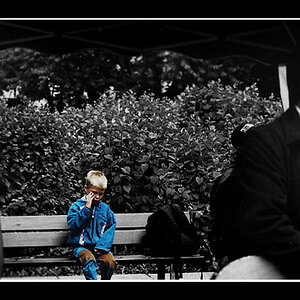
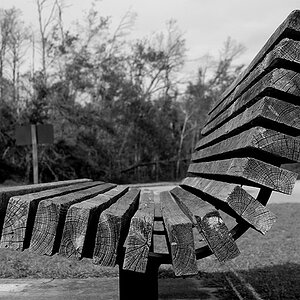
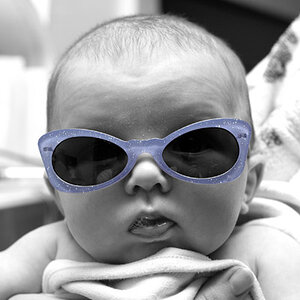
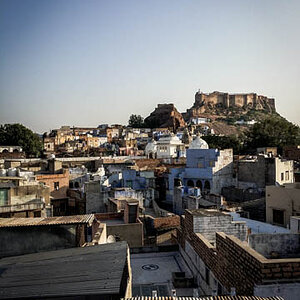
![[No title]](/data/xfmg/thumbnail/37/37540-73002ccb910b97978bc38658622a34d3.jpg?1619738133)

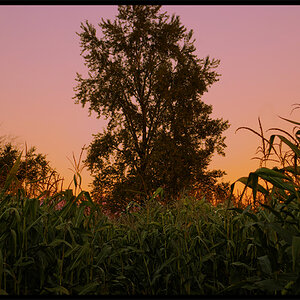
![[No title]](/data/xfmg/thumbnail/35/35268-34a315519597f60516d59124092e9bc2.jpg?1619736971)
